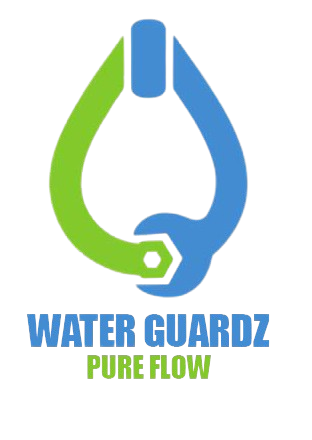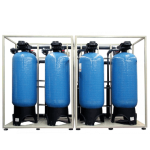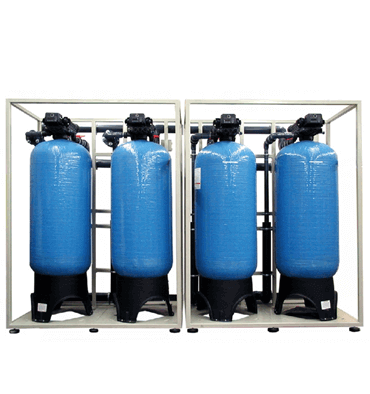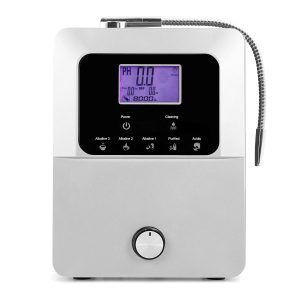Description
-
Water softening systems are devices designed to remove hardness-causing minerals, primarily calcium and magnesium, from water to prevent scale buildup and improve water quality.
-
How They Work: These systems use ion exchange, salt-free conditioning, or reverse osmosis to reduce water hardness and prevent mineral deposits.
-
Types of Water Softeners: The most common types include salt-based ion exchange softeners, salt-free conditioners, and magnetic or electronic descalers.
-
Ion Exchange Softeners: These systems replace calcium and magnesium ions with sodium or potassium ions through a resin bed, effectively softening the water.
-
Salt-Free Water Conditioners: Instead of removing minerals, these systems alter their structure to prevent them from forming hard scale deposits.
-
Dual-Tank Water Softeners: These units have two resin tanks, ensuring continuous soft water availability even during regeneration cycles.
-
Portable Water Softeners: Compact and ideal for RVs, small homes, and outdoor applications, offering temporary water softening solutions.
-
Regeneration Process: Salt-based systems periodically flush the resin bed with a brine solution to recharge the softening capacity.
-
Benefits of Soft Water: Prevents scale buildup in pipes, extends the lifespan of appliances, improves soap lathering, and reduces skin and hair dryness.
-
Appliance Protection: Softened water prevents mineral deposits in water heaters, dishwashers, washing machines, and coffee makers, enhancing efficiency and longevity.
-
Plumbing Maintenance: Reduces pipe corrosion, clogs, and leaks caused by hard water deposits, lowering repair and maintenance costs.
-
Improved Cleaning Efficiency: Soft water enhances the effectiveness of detergents, requiring less soap and reducing streaks on dishes and glassware.
-
Health Considerations: While softened water contains sodium, alternative potassium-based softeners are available for those on low-sodium diets.
-
Installation Requirements: Water softeners require a connection to the main water supply, drainage for wastewater, and space for salt storage in ion-exchange systems.
-
Maintenance Needs: Regular salt refills, periodic resin bed cleaning, and occasional system inspections are necessary for optimal performance.
-
Cost Considerations: Initial costs vary by system type and capacity, with ongoing expenses for salt, filters, and maintenance.
-
Environmental Impact: Salt-based systems produce wastewater with brine discharge, while salt-free alternatives offer eco-friendly solutions.
-
Future Innovations: Advancements in water-efficient softening technologies and smart monitoring systems are improving efficiency and sustainability.
-
Conclusion: Water softening systems provide numerous benefits, from protecting appliances and plumbing to enhancing water quality for residential, commercial, and industrial applications.





